Visual Impact and Space Perception
White kitchen cabinets create an airy, open feel that makes small kitchens appear larger. They reflect natural light, brightening the space and offering a clean, timeless look. This makes them ideal for homes with limited windows or darker interiors.
Dark cabinets, like espresso or black, add depth and sophistication, creating a bold statement. They work well in spacious kitchens with ample lighting, preventing the room from feeling too heavy. Dark tones also hide stains and wear better than white cabinets.
The choice between dark and white often depends on the kitchen’s size and lighting. White suits compact or dim areas, while dark cabinets excel in larger, well-lit spaces. Both options influence the room’s overall mood—light for freshness, dark for drama.
Maintenance and Longevity
White cabinets show dirt, smudges, and spills more easily, requiring frequent cleaning to maintain their crisp appearance. However, they’re less likely to show scratches compared to darker finishes, which can reveal marks under certain lighting.
Dark cabinets conceal everyday wear better but may highlight dust and fingerprints on glossy surfaces. Matte finishes help minimize visible smudges, offering a more forgiving option for busy households. Both colors need proper care to stay looking their best.
Long-term durability depends on material and finish quality rather than color alone. Painted cabinets, whether dark or white, may chip over time, while stained wood offers better resistance. Choosing high-quality paint or stain ensures lasting beauty.

Style and Design Flexibility
White cabinets provide a versatile backdrop for various design styles, from modern farmhouse to Scandinavian. They pair effortlessly with bold backsplashes, colorful accents, or natural wood tones, allowing for easy decor changes over time.
Dark cabinets bring richness and contrast, especially in contemporary or traditional kitchens. They complement metallic finishes like brass or chrome and look striking against light countertops or marble. Dark wood grains add warmth and texture.
Mixing dark and white cabinets creates balance—such as dark lowers with white uppers or a contrasting island. This two-tone approach adds visual interest while maintaining the benefits of both shades.

Resale Value and Buyer Preferences
White kitchens remain a top choice for homebuyers due to their bright, neutral appeal. They make spaces feel larger and more inviting, appealing to a wide range of tastes. This can be a selling point in competitive markets.
Dark cabinets attract buyers who prefer a moody, high-end aesthetic. When paired with quality materials and good lighting, they convey luxury and modernity. However, overly dark kitchens may polarize opinions if not well-balanced.
The best choice depends on local trends and the home’s overall style. A well-designed kitchen—whether dark or white—boosts resale value more than color alone. Proper staging can help either option appeal to potential buyers.

Lighting Considerations
White cabinets enhance natural and artificial light, reducing the need for additional fixtures. They work well in kitchens with limited windows, maintaining brightness even in darker corners. Layered lighting (ambient, task, accent) ensures functionality.
Dark cabinets absorb light, requiring strategic lighting to prevent a cave-like feel. Under-cabinet lights, pendant fixtures, and recessed lighting help brighten workspaces. Warmer bulb tones (2700K-3000K) soften the look and add coziness.
The right lighting transforms both dark and white kitchens. Dimmer switches allow adjustable brightness, while statement fixtures add personality. Proper illumination ensures the cabinetry color looks intentional and well-integrated.
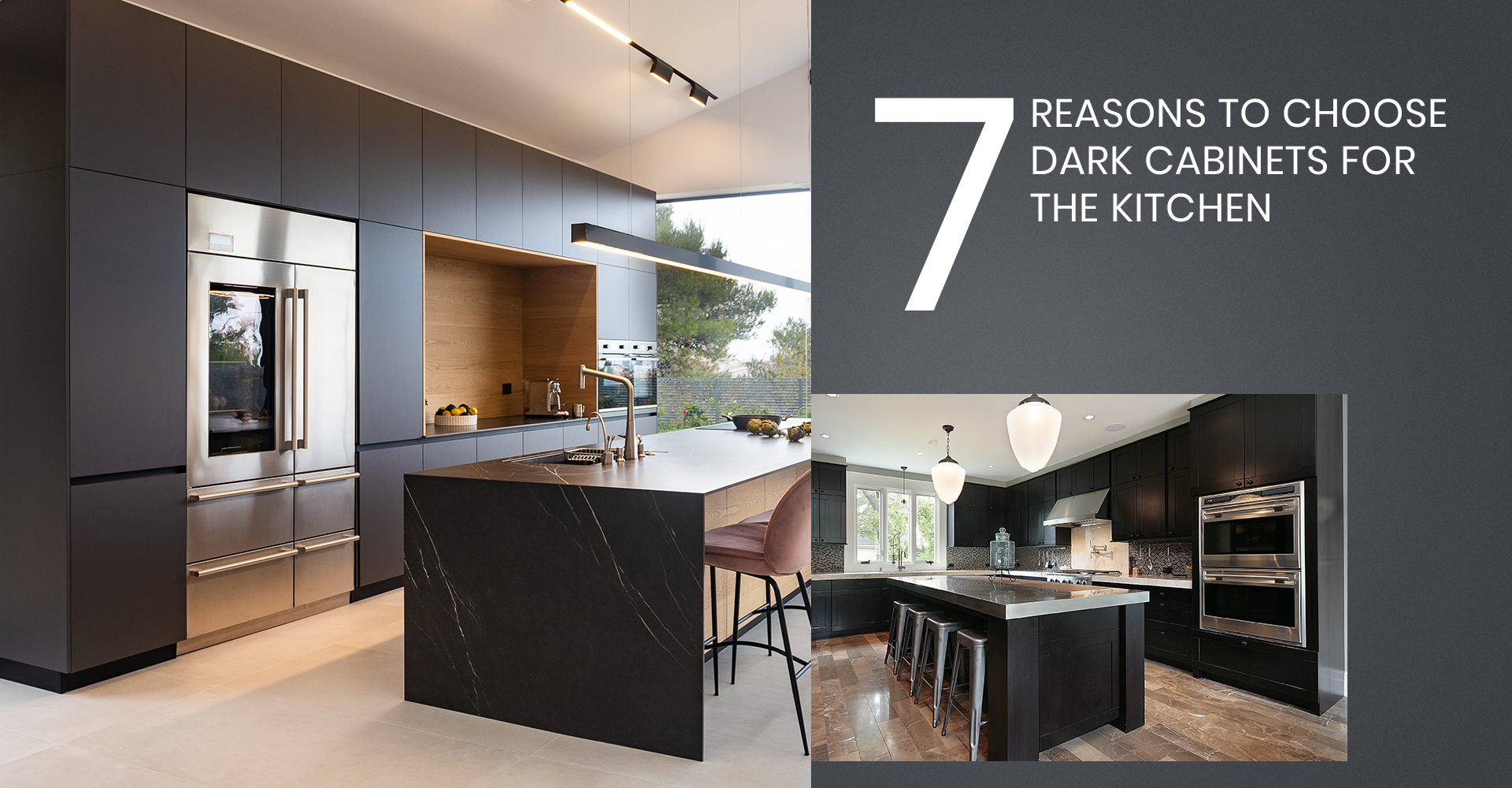
Personal Preference and Lifestyle Fit
White kitchens suit those who love a fresh, minimalist vibe and don’t mind frequent cleaning. They create a cheerful atmosphere, ideal for families who spend a lot of time cooking and gathering in the kitchen.
Dark kitchens appeal to those who prefer a dramatic, elegant aesthetic with less visible wear. They’re great for homeowners who entertain often or want a high-contrast, designer look. Low-maintenance finishes make them practical for busy households.
Ultimately, the decision comes down to personal taste, daily habits, and the home’s architecture. Both dark and white cabinets offer distinct advantages—choosing the right one depends on which best fits your lifestyle and design vision.

Fresh Coat of Paint: Light vs Dark Kitchens

White Kitchen or Dark Kitchen CabinetsWhich do you prefer?
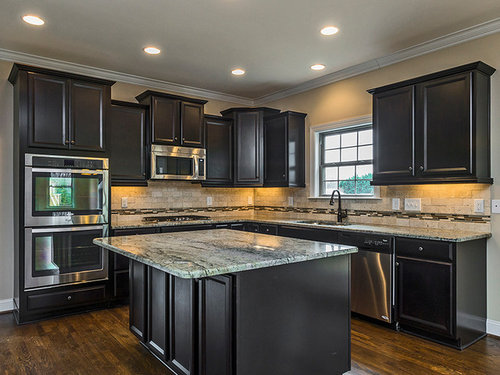
Light Side vs Dark Side: What Cabinet Color is Right for You
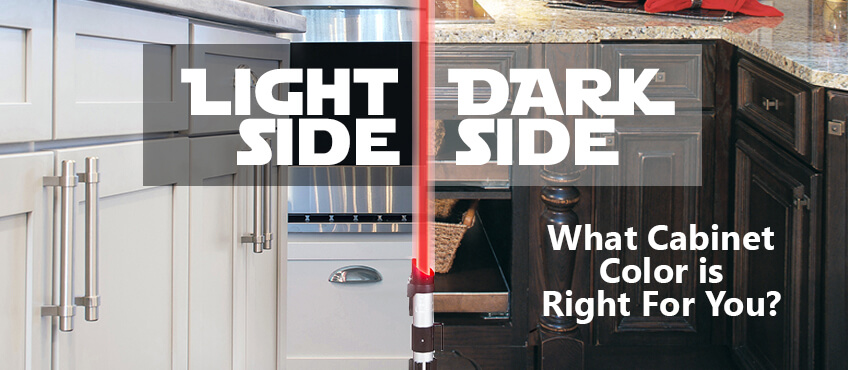
POLL: Black or White Kitchen?
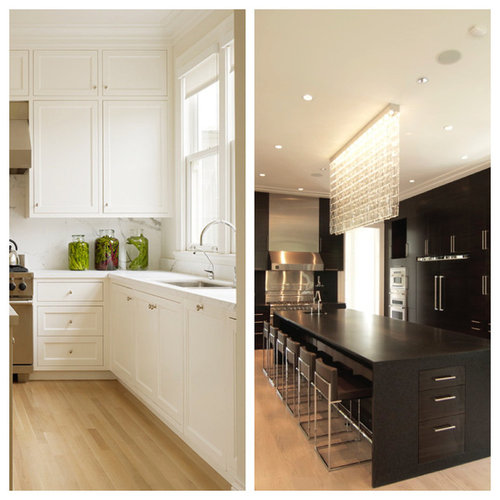
Espresso Kitchen Cabinets In u0027General Finishesu0027 Dark Chocolate
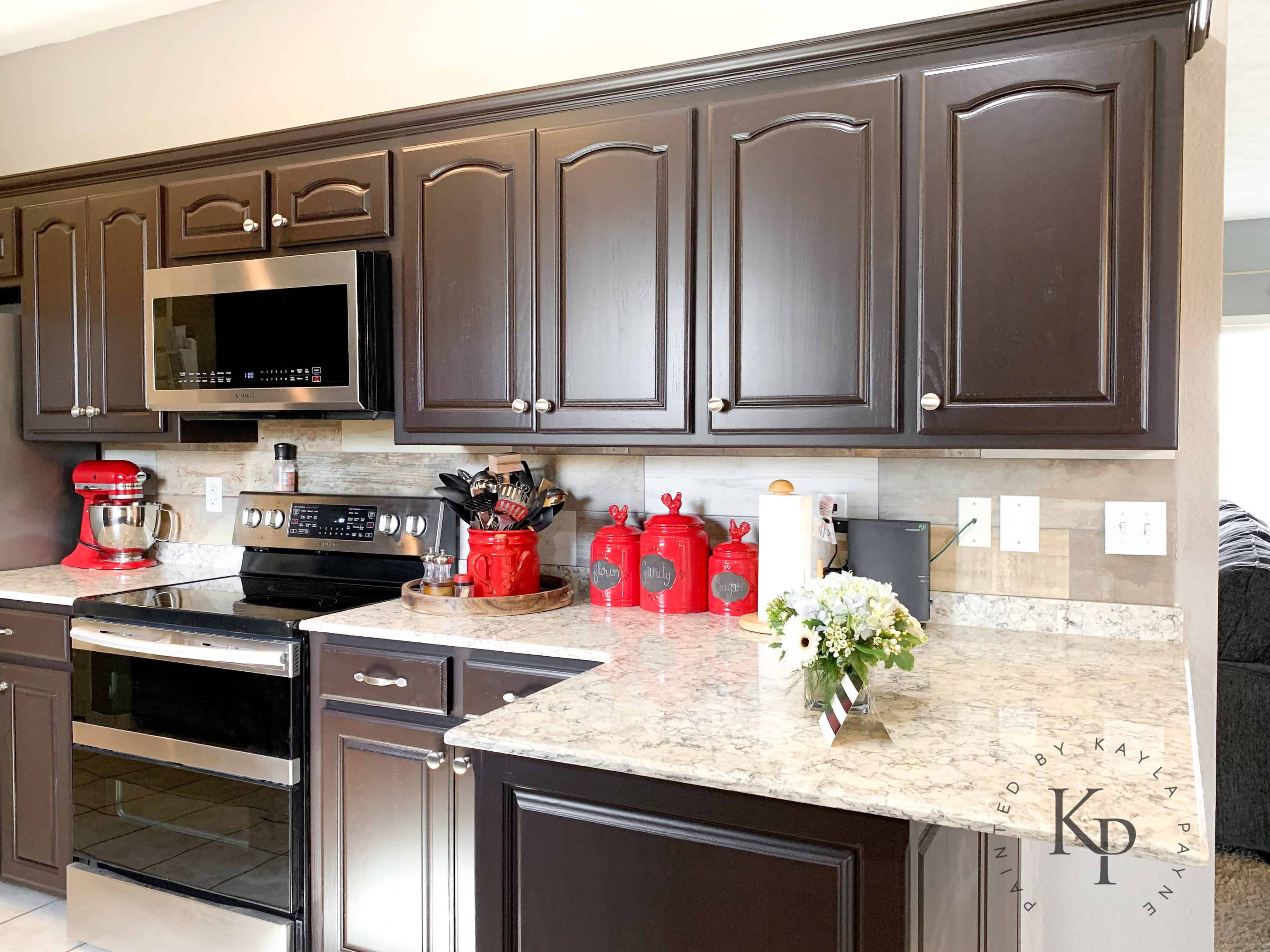
Related Posts: